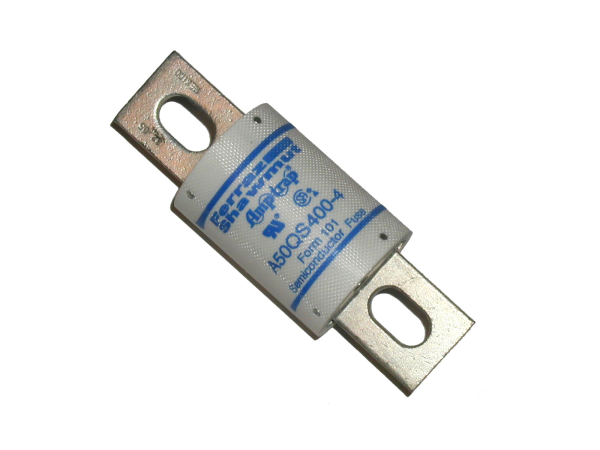Fuses interrupt overload and short-circuit currents. Overload currents typically are up to 10 times larger than the fuse’s available amp rating and occur when your equipment draws more current than it needs. Short circuits are greater than 10 times the fuse’s amp rating and occur when the current finds a “shortcut” outside its normal path.
Time-delay fuses delay opening on low-level overloads until the overload has been sustained for a specific amount of time. This prevents the fuse from blowing when exposed to harmless temporary overload currents such as motor startups and switchingsurges. Some time-delay fuses are also known as dual-element fuses.
Fast-acting fuses do not have a time-delay opening. Use them when temporary overload currents are not present. Suitable for resistive loads that don’t surge, such as heating and lighting.
Amp rating is the maximum current that a fuse carries under normal conditions.
Interrupt-current rating is the maximum current that a fuse can safely stop in the event of a short circuit.



